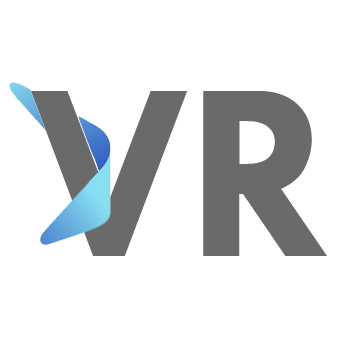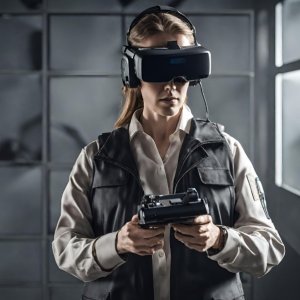Virtual reality (VR) is a rapidly evolving technology that’s reshaping our world, offering a new way to experience reality. VR software plays a pivotal role in this transformation, continually advancing in sophistication and immersion.
But what does it take to develop VR software? What practices are vital for developers to follow?
In this blog post, we delve into the intricacies of crafting VR software. We’ll explore the various development stages, the hurdles faced by developers, and essential best practices for ensuring a successful project.
Stages of VR Software Development
The creation of VR software unfolds in four main stages:
-
Pre-production
The pre-production phase establishes the groundwork for the VR experience. It encompasses defining the project’s scope, crafting storyboards and wireframes, and assembling necessary assets.
-
Production
In the production phase, the VR experience comes to life. This involves modeling, texturing, animation, lighting, as well as the development of the user interface and gameplay mechanics.
-
Testing
Testing is crucial to polish and eliminate bugs from the VR experience. It involves assessing the experience on different hardware platforms and with diverse users.
-
Deployment
Deployment is when the VR experience is made accessible to users. This step includes packaging the experience for distribution and effective marketing.
Challenges in VR Software Development
Developers encounter several challenges in creating VR software, including:
-
Hardware Limitations
VR headsets are still relatively new and costly, limiting the potential user base.
-
Motion Sickness
Motion sickness is a challenge, and developers need to design experiences that minimize discomfort through techniques like reduced head movement, smooth locomotion, and providing visual cues.
-
Low-Quality Content
The abundance of low-quality VR content makes it challenging for users to find worthwhile experiences.
-
High Development Costs
VR software development is costlier than traditional software due to the need for specialized hardware and software.
Best Practices for VR Software Development
Despite these challenges, developers can create successful VR software by following these best practices:
-
Prioritize Immersion
VR aims to immerse users in a virtual world, so focus on creating visually stunning and engaging experiences.
-
Mitigate Motion Sickness
Developers can reduce motion sickness by employing techniques like minimizing head movement, employing smooth locomotion, and offering visual cues.
-
Craft High-Quality Content
VR experiences should be well-designed and polished, using high-quality assets, engaging gameplay mechanics, and thorough testing.
-
Exercise Patience
VR software development is intricate and time-consuming. Success requires dedication and patience.
In Conclusion
VR is a rapidly advancing technology with immense potential. VR software is the driving force behind this evolution, continuously growing in complexity and immersion. By embracing the best practices outlined in this post, developers can create VR experiences that captivate and delight users.
We hope you found this blog post insightful. If you have any questions or comments, please don’t hesitate to reach out.






